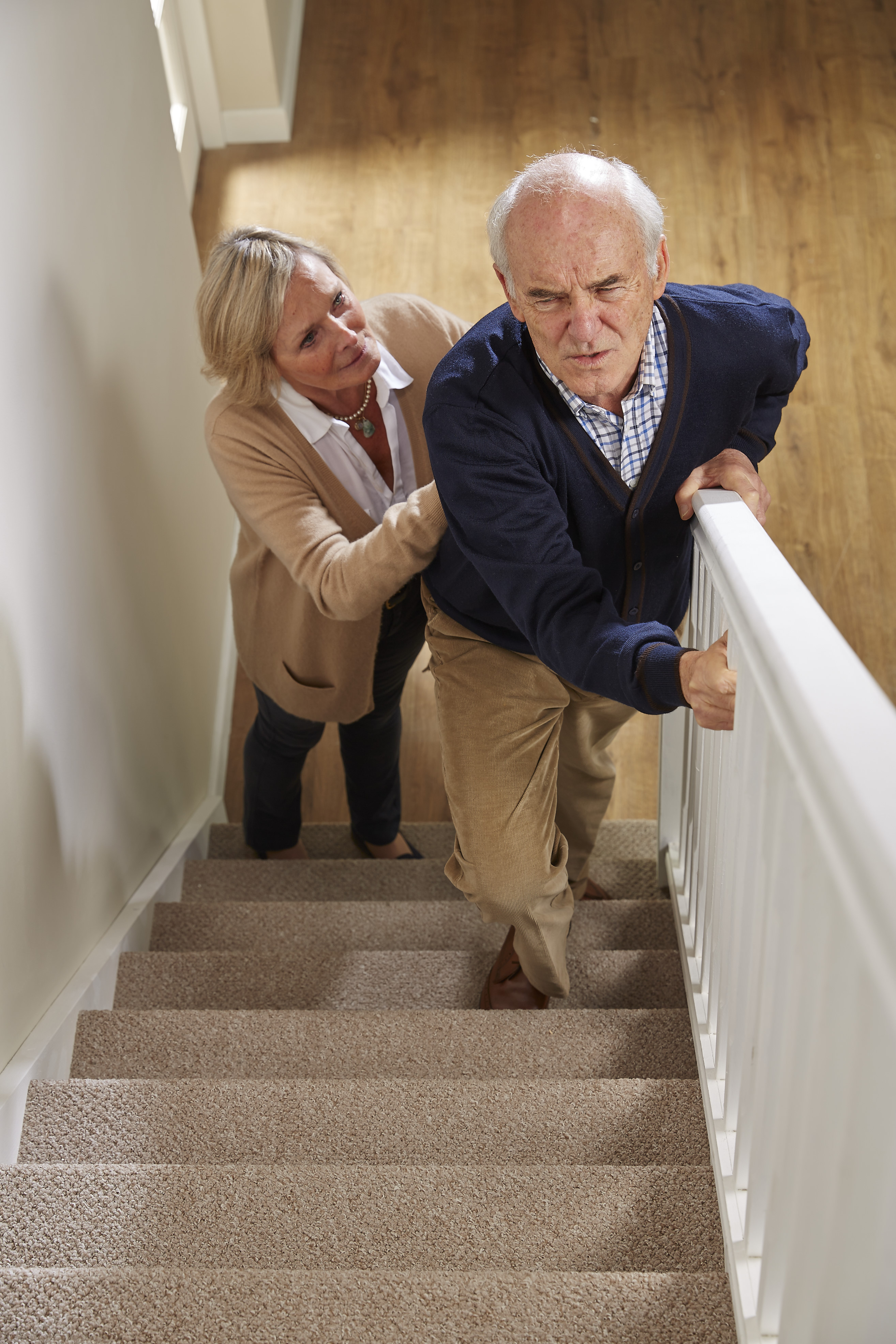If your home has more than one floor, going up and down the stairs is something you’ll do each and every day, and possibly without giving it much thought. But why not just stop for a moment and consider how you use the stairs, and what it might say about you and your needs.
If you do go up and down the stairs regularly and routinely, without giving it a second thought, then that’s a great situation to be in. Forgotten something upstairs? No problem… you can just nip back up and get it, it won’t take a minute!
 But if you’re getting older and starting to struggle with reduced mobility or other medical issues, that situation might be more of a fading memory than an everyday reality. Ask yourself this:
But if you’re getting older and starting to struggle with reduced mobility or other medical issues, that situation might be more of a fading memory than an everyday reality. Ask yourself this:
- Do you walk to your stairs and start climbing them without a break? Or do you reach the foot of your stairs then stop, have a good long look at them, take a couple of deep breaths, get a firm grip on the bannister and begin your ascent?
- Do you put one foot on the step then the other foot on the step above and so on up the stairs? Or do you put one foot on the step then bring the other foot up to the same step then repeat the process, moving upstairs one step at a time?
- Can you climb the stairs with both hands free, maybe carrying something in your arms? Or do you need to pull yourself up using the bannister rail, or even lean forward and put one hand on the steps ahead of you just to steady yourself?
- Can you climb the stairs from top to bottom all in one go? Or do you need to stop part-way to catch your breath or gather your strength before you carry on? Maybe you need to stop more than once before reaching the top.
- Even if climbing the stairs leaves you a little breathless, can you do it without any other discomfort or pain? Or do you feel pain in your knees, hips or other joints, does your back hurt or does gasping for breath cause pain in your throat or chest?
- When you get to the top of the stairs, do you carry straight on with whatever you went up for? Or do you need to halt for a few moments to gather yourself, or maybe even have a quick sit down to recover before carrying on.
- Perhaps most importantly, do you feel safe on the stairs? Or are you concerned that you might lose your balance, your strength might let your down, you might start to feel light-headed and dizzy? Do you find yourself putting off using the stairs until absolutely necessary, or do you plan your day around using the stairs as little as possible?
If you’re the person in the first part of these paragraphs, the one who bounds up and down stairs without a second thought and with no ill effects, then you’re the lucky one. But if you identify more with the person in the second part, the one who puts thought, effort and worry into using the stairs, then your stairs are telling you something.
It could be that you’d benefit from losing a little weight, exercising a little more, or maybe seeing your doctor about a particular health worry. Or it could be that it’s time for a little help with the stairs, in the shape of an Acorn Stairlift.
Even if you only use it occasionally, having an Acorn Stairlift installed means you’ll never need to worry about going up and down the stairs again. You’ll be able to glide up and down in safety in comfort at the touch of a switch, free from pain and as many times each day as you want to.
Why soldier on when the solution to your staircase problems can be installed in your home within just a few days, and with no fuss or mess. A free no-obligation home survey by one of our experienced Acorn surveyors will answer any questions you might have about our stairlifts and furnish you with a detailed quote for the cost, valid for 12 months and with no hidden extras.
It could be less than you think and, as an investment in your quality of life both now and for the years to come, an Acorn Stairlift is great value for money.
